How to Remove Damaged Veneer the Easy Way

by
Heather (New House New Home)
(IC: blogger)
Don't let that beautiful piece go because it has some damaged veneer. Here's my easy method for removed chipping and lifting veneer.
How many times have you chipped away at lifting veneer only to come out with scraped knuckles and a mess on the piece? I was faced with this recently when I found a gorgeous pedestal table at a garage sale. Not wanting to lose this piece, I googled some ways to remove damaged veneer. As most veneer is adhered with a water based glue, most methods included some sort of dampness. But this was by far the easiest method.
Soak a towel or rag in warm water, wring it out well so that it's not dripping and just lay it over the damaged veneer. In this case the whole top had to be removed, so I used a large bath towel. Leave it in place for about an hour.
Once you remove the towel, the veneer should be lifting off. Gently lift the veneer by placing a putty knife under one edge. Don't pull! If it won't come off easily, let it sit with the wet towel on the stubborn area for a little longer.
After you've removed all the veneer, you might have tiny pieces that just won't come off. With a bit of sanding, you should be able to remove them. The wood underneath is now ready to refinish or paint. Start by sanding it smooth with a coarse (110) and then fine sandpaper (220).
This piece was painted with Chalk Paint decorative paint by Annie Sloan in a custom mix of Country Gray and Old White. After it was dry, it was waxed with Clear Wax and then sanded with a fine sandpaper (220) and then a final sanding with auto body sandpaper (600 grit).
I kept the original hardware as it looked good against the custom paint mix.
Distressing the edges brings out the details of the pedestal leg.
You'd never know that this top was such a mess. It's smooth and glossy looking. So the next time you see a piece of furniture with gorgeous lines but damaged veneer, don't walk away.
Enjoyed the project?

Want more details about this and other DIY projects? Check out my blog post!
Published September 26th, 2014 8:03 AM
Comments
Join the conversation
3 of 39 comments
-
OMG! You painted wood! Where are all the haters????? Turned out great and I have some veneer than needs to be removed, thanks for the tip!
 Kathryn Derr
on Oct 22, 2014
Kathryn Derr
on Oct 22, 2014
-
-
Back in the late 60's my father attempted to refinish a damaged Scandinavian style round table. It had a plastic veneer that looked like beechwood. He was advised to use a chemical to soften the veneer so it would peel off. It smelled like acetone. Luckily he was doing this outdoors. It ignited. He put out the fire. The plastic had melted off in a blotchy manner. So he used a blowtorch and burned off the rest. This really raised the grain of the wood underneath. After much sanding he finally got it back down to raw wood. He stained it quite dark, almost black. Then he sealed it with several coats of varnish. My folks had that table right up until the tornado took most of the house some years ago. It was found in several pieces. The tornado trashed it but Dad found a new use for it. He kept the top and used it as a dartboard.
 Susan Bechamp
on Jun 15, 2015
Susan Bechamp
on Jun 15, 2015
-



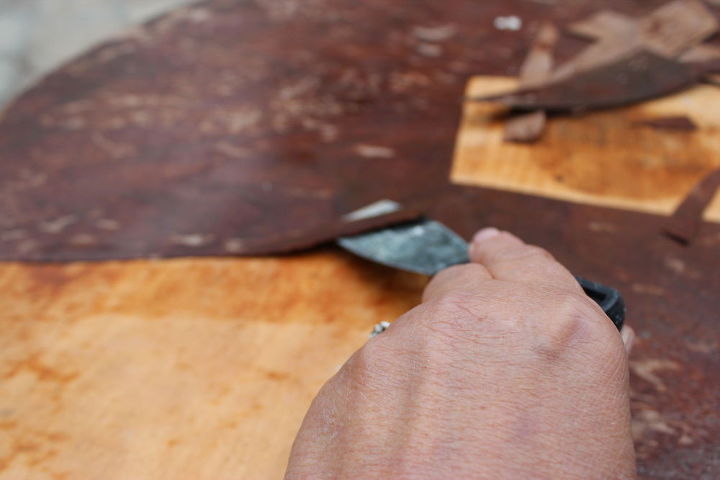
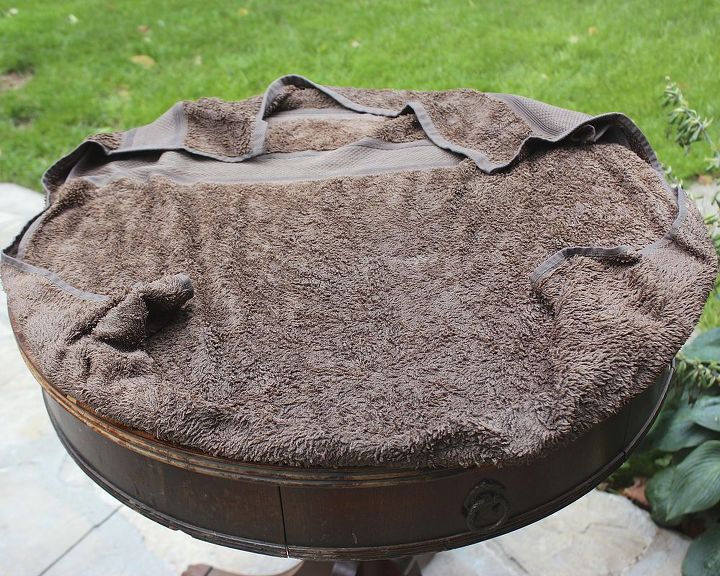






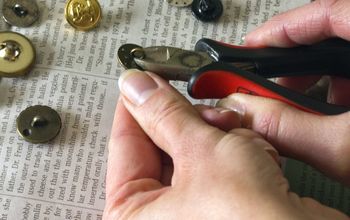
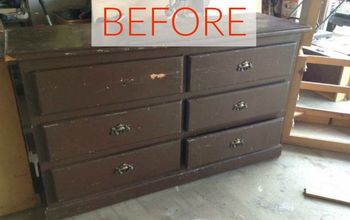



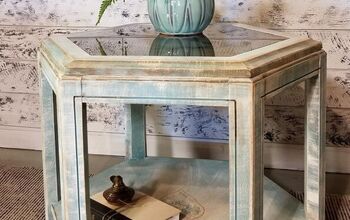

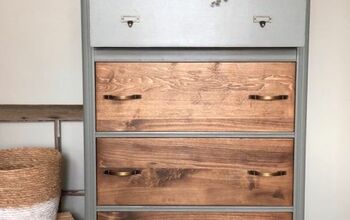

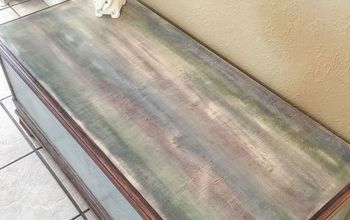






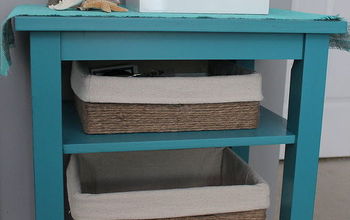

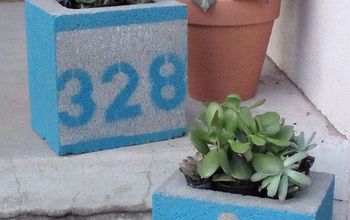

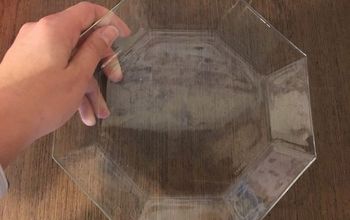


Frequently asked questions
Have a question about this project?